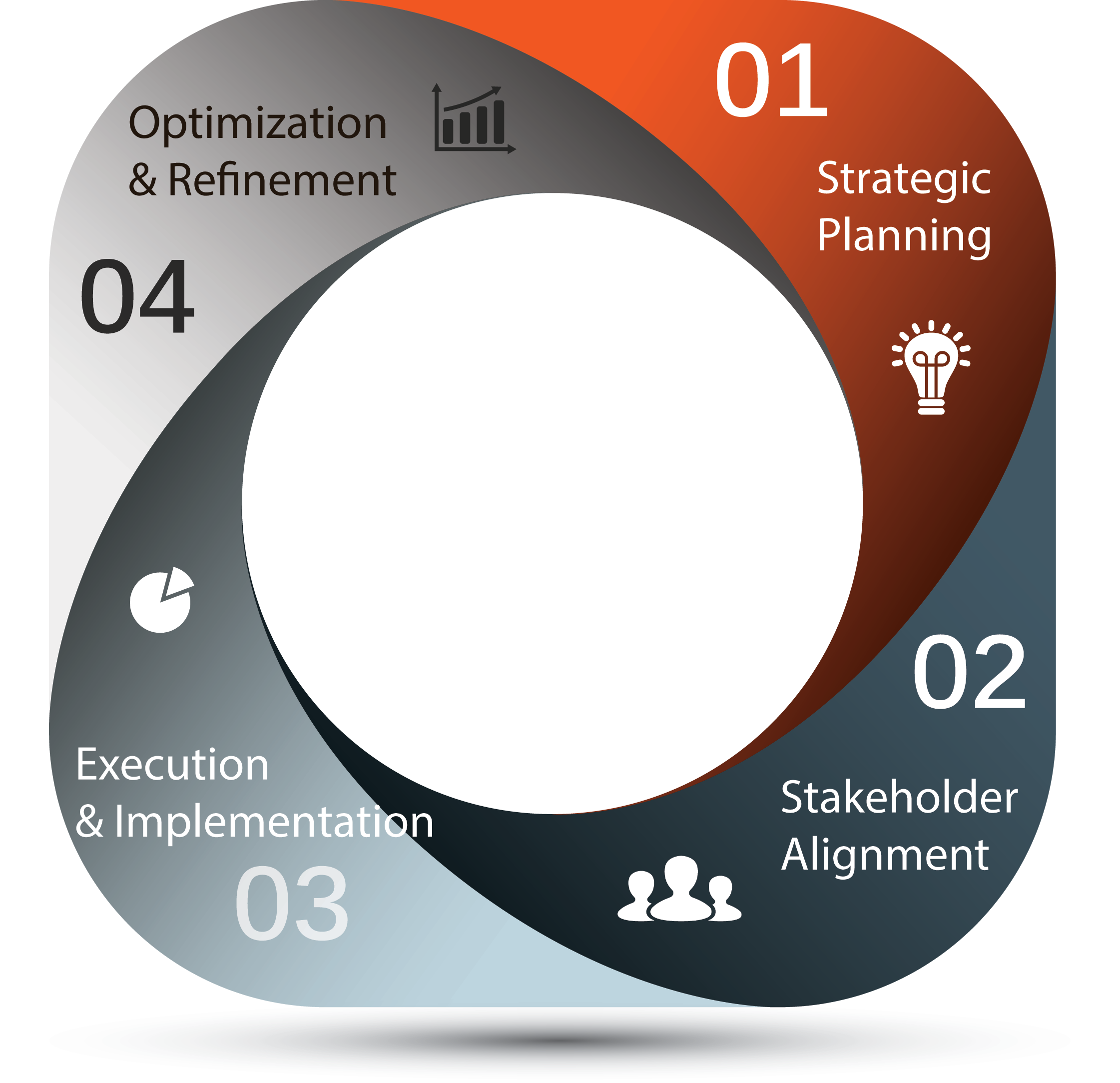I am often asked to help clients overcome “conflicting dichotomies” – realities being experienced within a business or industry with seemingly contradictory or mutually-exclusive qualities. Challenges I am seeing in my client-base and the greater marketplace currently include client retention in the age of the “1099 economy”, the intersection of small and large scale entrepreneurial marketing tactics, complex gaps between generational expectations in the workplace, and pivoting as a welcome / positive step of a deliberate, strategic planning process. These issues can at first be overwhelming, but thankfully, an adjustment of perspective is all that is needed in order to set the path toward resolution.
To help understand the existence of (what on the surface should be) mutually-exclusive themes, I would like to share a brief yet important illustration of conflicting dichotomies that I still vividly remember from my first days in college. I have shared this story with countless audiences and clients, and in the context of this discussion, I thought it was worth another posting.
Turn back the clock 25 years (or so), to when I had enrolled in an entry-level psychology course at Colorado State University in Fort Collins; it was the first day of class. A popular opt-in for just about every major, the auditorium was filled with approximately 200 students. Without saying much else, several teacher aides and research assistants entered the auditorium, and began passing around small baskets with tiny, folded pieces of paper…asking us all to take one. It reminded me immediately of the inside of a fortune cookie, even in that it featured an adage or “saying” that I had read or heard before hundreds of times.
Once we had all received and reviewed our “fortune”, without further explanation or introduction, the lead instructor simply asked that if we agreed that the theme conveyed on our piece of paper was generally true, to please raise our hands. An overwhelming number of hands went up throughout the auditorium (including my own) – such an overwhelming volume of hands, in fact, that the instructor didn’t even ask if anyone disagreed.
As the hands shifted back down, she grinned and shared with all of us that she was surprised by the unanimous accord. After all, she revealed (with a true “gotcha” panache that I remember to this day), half of the papers included the message “Birds of a Feather Flock Together”; the other half, “Opposites Attract”. The message was clear and immediately understood by all. These were conflicting dichotomies that should be mutually exclusive, and yet both so overwhelmingly embraced as truth. How can two themes that are so overtly in conflict co-exist? Do assertions become “fact” simply because we have heard them enough times? Or, is it that two opposing views actually both have validity, so long as they are not applied at the same time?
My reaction at that time was more in line with what a psychology researcher at CSU was likely hoping to initiate. But through the years, as I have thought back on the premise, the fact is that I realize both generalizations presented on that particular day carry weight. I know plenty of couples and business partners who are together because of how much they have in common, just as I do those who work because they complement the strengths and offset the weaknesses of the other. Yes…conflicting dichotomies can co-exist and still make sense. Neither is right or wrong for everyone. The important thing is to recognize the dichotomy and to appropriately apply it where it makes sense.
On a broader level, I remind my clients and speaking audiences of this realization when it comes to approaching such complex tasks as strategic planning, growth and operations. The first rule of engagement when it comes to assessing and addressing dichotomies is to never settle for the surface perception. Nothing should simply be taken as truth. Due diligence is needed. Leaders fail when they don’t ask the important questions or challenge the status quo.
I also work diligently to remind my clients that if an organization knows its “why”, it can typically overcome any of these challenges. I was recently advising a health and wellness group, and the owners were being particularly hard on themselves that they were having to change course on aspects of their strategic plan. After all, isn’t a natural human reaction to assume that if a growth strategy was well-developed, the stakeholders were aligned in the vision and the action items were being executed….there shouldn’t be a need for pivoting or adjustment? In today’s business environment, that quite simply isn’t the case.
Just as with the “birds of a feather” example above, the negative perception of pivoting and adjusting evolves into a more positive one if you take a step back and realize it is simply part of the process. I continue to call out bloggers and authors on social media who claim that “strategic planning is dead”. Such assertions could not be more ignorant about how to engage in a true strategy process. Yes, strategic planning has evolved to the point where (1) it must happen more frequently due to condensed business life cycles; and (2) optimization and refinement – including pivoting when necessary – have taken on a more prominent role in the four-step process (see below). Yet the process is anything but “dead. To the contrary, it is more important than ever. Every organization needs to understand that it is a multi-faceted and ongoing process.
I close with the following quote from IBM CEO Virginia “Ginni” Rometty, as it culminates the most important elements of all the lessons discussed above: The value of recognizing “conflicting dichotomies”, accepting that pivoting can be a positive step, and an organization guided by their “why” is more likely to achieve sustainability.
“You can’t define yourself by a product or service. [Recognizing] that is why IBM is 105 years old. We define ourselves as working on the most challenging business and societal problems.This generation and era has a lot to do. How we do it may change, but that is what will enable us to solve really difficult, unsolvable problems.”

